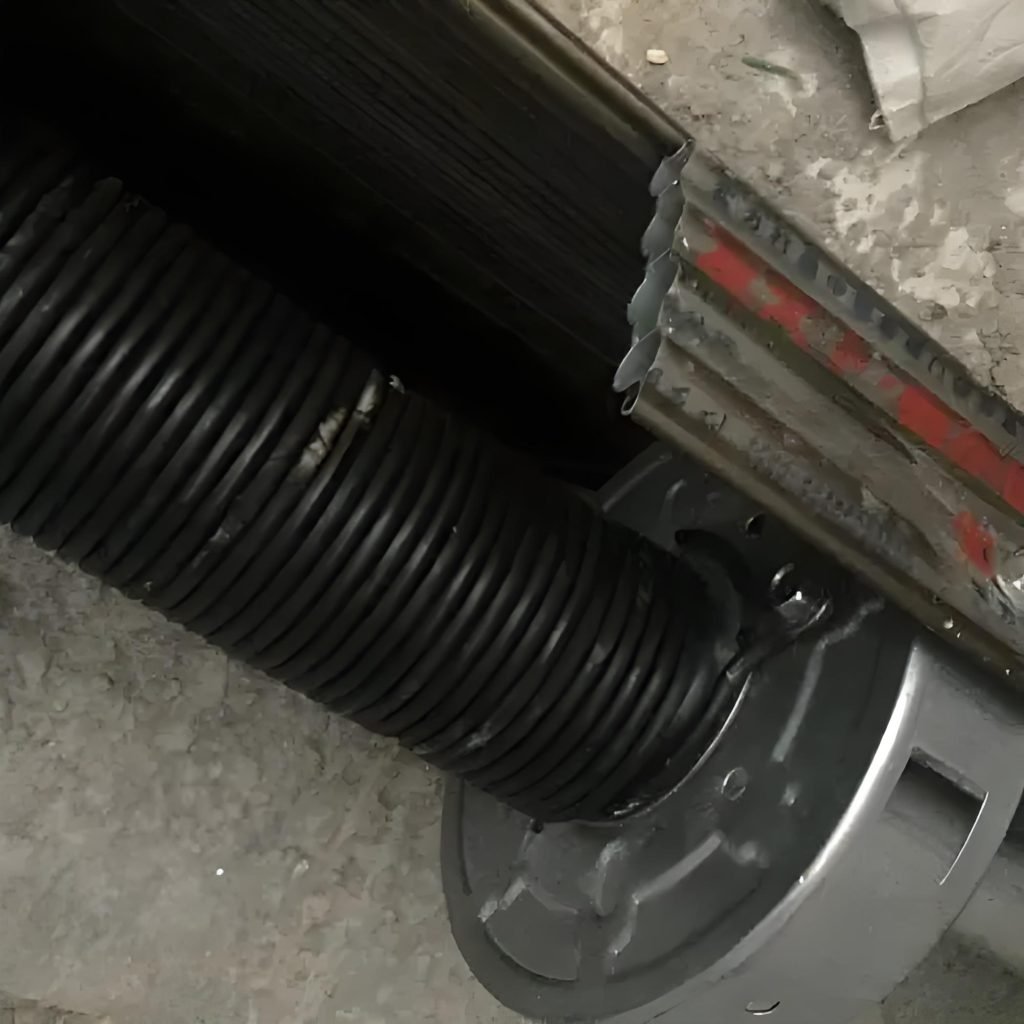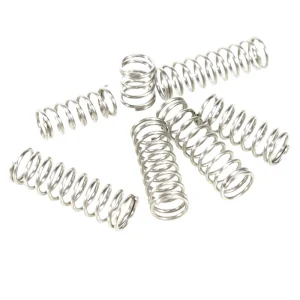A garage door spring replacement is an operation that demands close attention to safety and precision. Because garage door springs are under a lot of tension, improper handling can result in significant injuries. The procedures for changing a garage door’s torsion and extension springs are described here.
Safety Measures
It is imperative that the following safety measures be taken prior to beginning the replacement process:
1. Put on safety gear: gloves and safety glasses should always be worn.
Unplug the garage door opener to stop it from accidentally operating. Disconnect the power.
3: Fasten the Door: To stop the door from moving, fasten it to the track with locking pliers or a C-clamp.
Garage Door Torsion Spring Replacement
Required Tools and Materials:
rewinding bars
Adaptable wrench
Set of sockets Vice grips
Measurement tape
Torsion spring replacements
Actions:
1 Release the Tension: Gently unwind the old torsion spring using the winding bars. One quarter turn at a time, gradually release the tension by inserting the winding bars into the winding cone.
2 Disconnect the Old Spring: Take out the winding cone’s set screws using an adjustable wrench.
Off the torsion bar, slide the old spring.
Put in the Fresh Spring:
3 Attach the new torsion spring to the torsion bar by sliding it on.
Because torsion springs are color-coded (black for the left side and red for the right), be sure the spring is installed in the proper direction.
4 Secure the Spring: To secure the spring to the torsion bar, tighten the set screws on the winding cone.
5 Wind the New Spring: Turn the new spring the correct number of times as directed by the manufacturer by using winding bars. For a 7-foot door, the usual quarter turn is around 30.
Winding up? Tighten the set screws.
6 Test the Door: Take out the locking pliers or C-clamp.
To make sure the door opens and closes properly, reconnect the garage door opener and test it.
Changing the Extension Springs on a Garage Door
Required Tools and Materials:
cables for safety
Pliers
Tape measure with adjustable torque
Extension spring replacements
Steps: 1: Release the tension. Fully open the garage door and lock it in position on the tracks with locking pliers or C-clamps.
2: Take Out the Old Springs: Unplug the extension springs from the garage door bracket and the track hanger.
If there are safety cords, remove them.
Attach the new extension spring to the track hanger to complete the installation of the new springs.
Make sure the safety cable is reattached and passes through the spring’s center.
Attach the spring’s opposite end to the garage door bracket.
4. Examine the door:
Take off the locking pliers or C-clamps from the tracks.
Gently lower the garage door and make sure it operates smoothly. You can move the S-hook on the track hanger to change the tension as necessary.
In summary
Torsion or extension garage door spring replacement calls for meticulous attention to safety and precise procedures to guarantee correct installation. To prevent harm, always adhere to the manufacturer’s instructions and adopt the appropriate safety measures. It is better to get the replacement handled by a professional if you are unsure or uneasy about the procedure.
FAQs: Common Questions Regarding Garage Door Springs Replacement
1. Can I do it alone to replace the garage door spring?
It is possible to replace the garage door spring yourself, but doing so calls for careful attention to safety considerations and a thorough understanding of the procedure. Because garage door springs are under a lot of force, improper handling can be deadly. It is strongly advised that you engage a professional to complete the replacement if you are unsure if you can do it securely.
2. How Much Does It Cost to Change a Garage Door’s Coil Springs?
When time and supplies are taken into account, replacing the coil springs on a garage door usually costs between $150 and $350. The size of the door, the type of spring, and the labor costs in the area will all affect the final cost. In general, torsion springs cost more than extension springs.
3. Is Replacing Garage Door Springs a Safe Option?
If garage door springs are not replaced appropriately, it might be dangerous. The springs are extremely tense, and handling them incorrectly or if they shatter can result in significant injury. Always use safety gear, abide by safety regulations, and seek professional help if you are unclear about how to proceed.
4. How Much Time Does a Garage Door Spring Replacement Take?
For a skilled do-it-yourselfer or expert, replacing a garage door spring typically takes one to two hours. The time needed to release the tension, take out the old spring, put in the new spring, and test the door to make sure it works properly is included in this. Because they must pay close attention to every step, beginners may require more time.
5. How Long Does a Garage Door Spring Usually Last?
A garage door spring should normally last between 10,000 and 15,000 revolutions. One complete opening and closing of the garage door constitutes a cycle. This equates to roughly seven to ten years of use for the typical home, depending on how frequently they operate and maintain their equipment.






